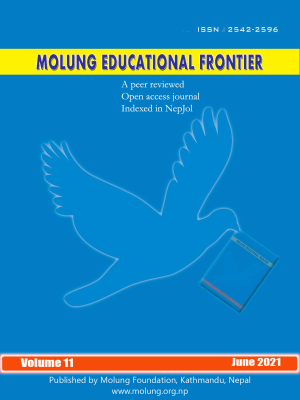Building Community Resilience: A Study of Gorkha Reconstruction Initiatives
DOI:
https://doi.org/10.3126/mef.v11i0.37849Keywords:
community resilience, households, reconstruction, state agencies, community organizationsAbstract
This article is based on the major findings of a field study recently conducted in Gandaki Rural Municipality of Gorkha district after the 2015 earthquake with its epicentre at Barpak of the same district, which quaked the region of northern midhills of Nepal. The study examined how far neighbouring households, community organizations, and state agencies contributed to building community resilience in this earthquake affected area. More specifically, it investigated into the efficacy of reaconstruction initiatives to provide relief to the earthquake victims for their recovery. To explore the issue, mixed-method approach of both quantitative and qualitative research was applied. Primary data were collected from the stakeholders through questionnaires and focus group discussions. The convenience sampling method was used to select 116 households from Ward No. 1 of the Municipality. The findings of the research indicate that contribution towards building community resilience was the highest from the neighbouring households followed by community organizations whereas the least contribution was from the state agencies. We found that community resilience practice in the area has not been as effective as expected. So collective and coordinated effort is necessary for building community resilience.
Downloads
Downloads
Published
How to Cite
Issue
Section
License
© Molung Foundation




